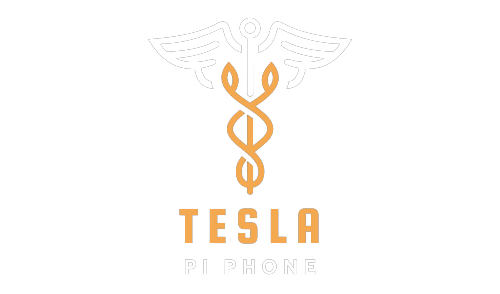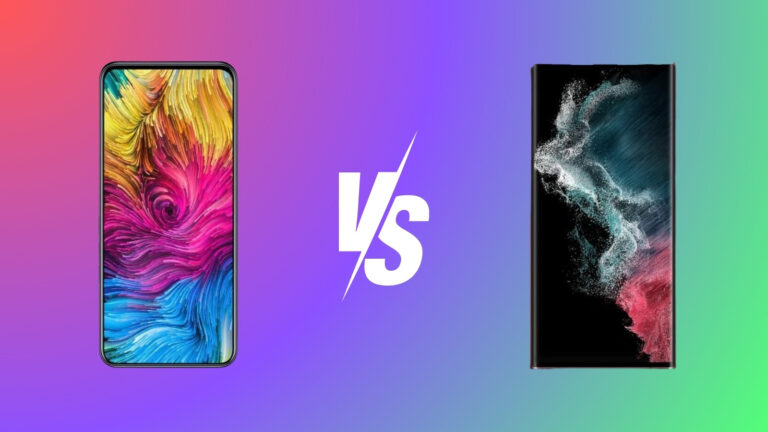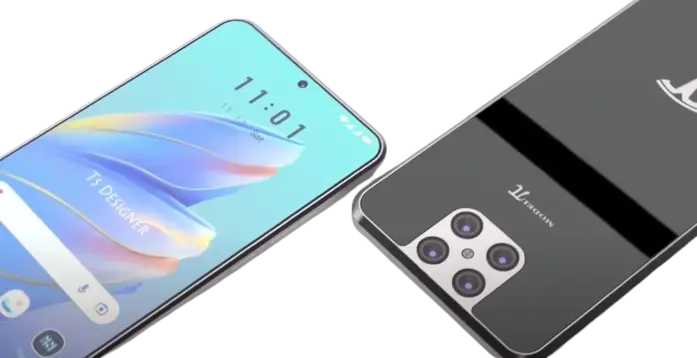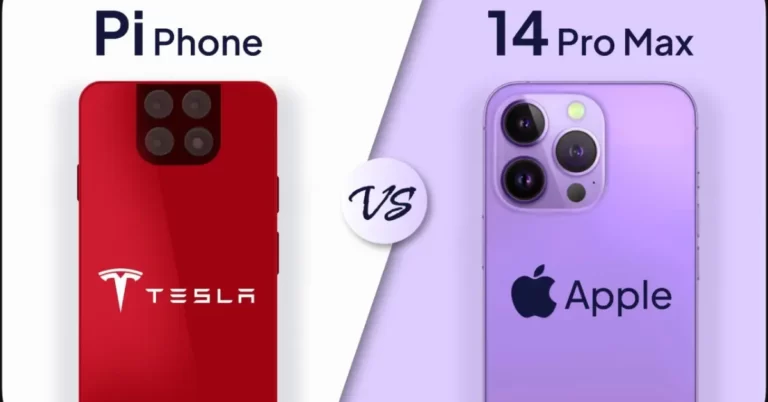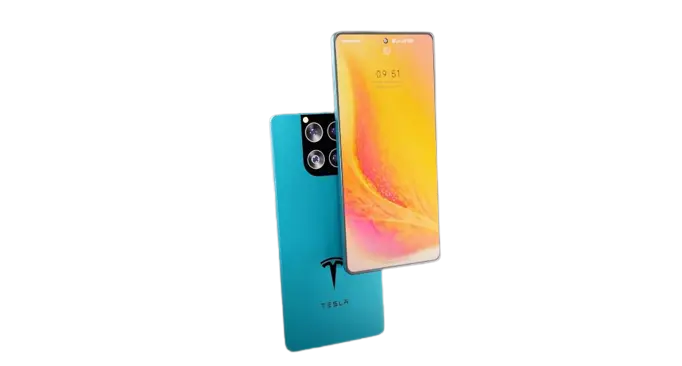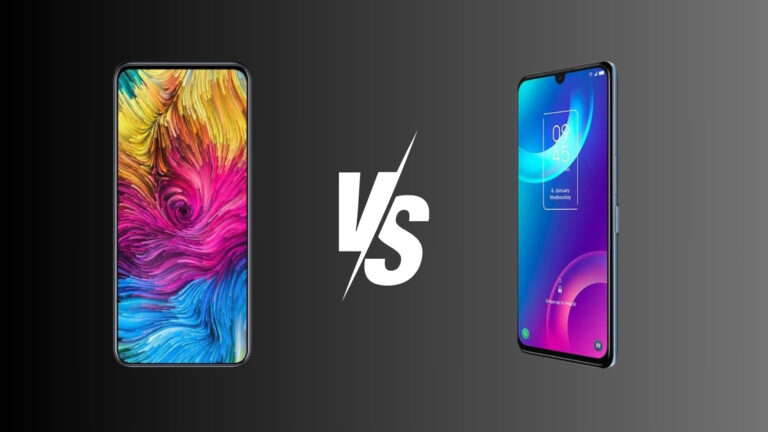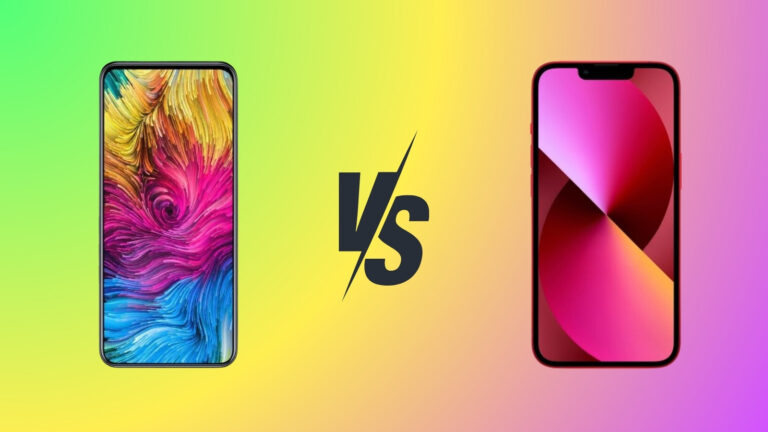Tesla Pi Phone vs Huawei Mate 60 Pro: The Ultimate Showdown
With the smartphone market constantly expanding, we witness intriguing battles between various brands. The latest tussle is between the Tesla Pi Phone and the Huawei Mate 60 Pro. While Tesla ventures into this space with its debut device, Huawei is a seasoned player. How do the two compare? Let’s dive in.
You can also read: Comparison: Tesla Pi Phone vs. Infinix Note 12 Pro 5G
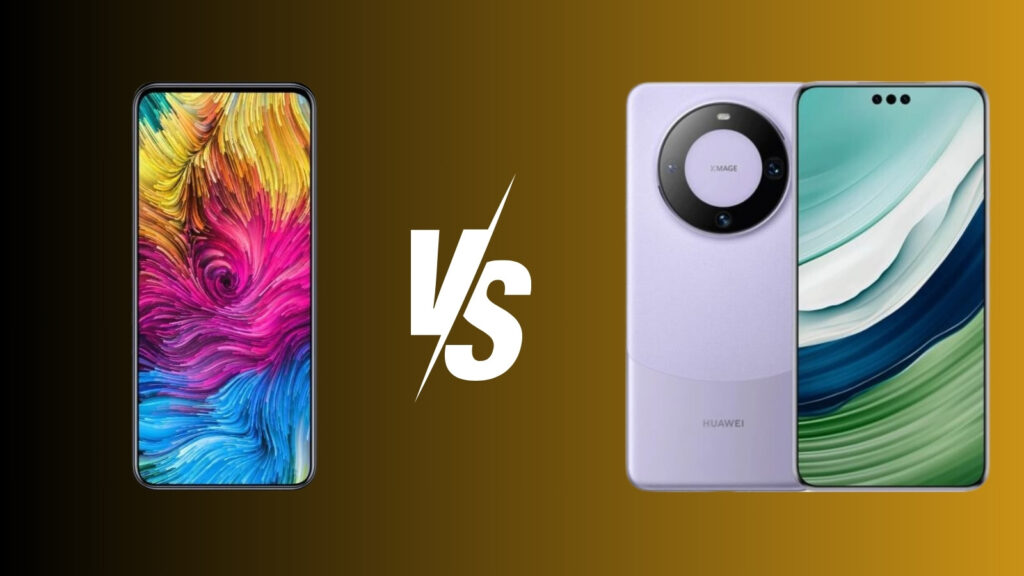
Introduction
Tesla Pi Phone Best known for electric vehicles, Tesla’s move into the smartphone world with the Pi Phone has caught many off-guard. Embracing sustainability with tech, Tesla promises a fresh experience.
Huawei Mate 60 Pro Being a significant force in the mobile industry, Huawei’s Mate 60 Pro is its flagship device for 2023, marrying elegance with power.
Design & Construction
Tesla Pi Phone
- Materials: Featuring recyclable aluminum with a ceramic back, Tesla is committed to eco-friendliness.
- Dimensions: A bit heftier, exuding robustness.
- Water and Dust Resistance: Boasts an IP68 rating, a standard for top-tier phones.
Huawei Mate 60 Pro
- Materials: A fusion of glass and metal, reflecting Huawei’s premium craftsmanship.
- Dimensions: Sleek and ergonomic, designed with comfort in mind.
- Water and Dust Resistance: It also sports an IP68 rating, ensuring protection against elemental mishaps.
You can also read: Tesla Pi Phone Vs. OnePlus 11
Display Dynamics
Tesla Pi Phone
- Size: 6.4-inch AMOLED panel.
- Resolution: 2400 x 1080 pixels, presenting vibrant and sharp visuals.
- Refresh Rate: A fluid 120Hz, ensuring smooth navigation and gaming.
Huawei Mate 60 Pro
- Size: 6.6-inch OLED display.
- Resolution: A whopping 3168 x 1440 pixels, offering an edge in sharpness.
- Refresh Rate: Matches the Tesla with a 120Hz rate, enhancing user experience.
You can also read: Tesla Pi Phone vs. Nothing Phone 2
Performance Metrics
Tesla Pi Phone
- Processor: Though specifics are under wraps, Tesla’s mysterious custom chipset offers a zippy experience.
- RAM: Comes standard with 8GB RAM.
- Storage: Starts from 128GB; expandable options are yet to be confirmed.
Huawei Mate 60 Pro
- Processor: Kirin 9100, Huawei’s latest powerhouse.
- RAM: Offers both 8GB and 12GB variants.
- Storage: A broader range from 128GB to 512GB, with expandable options via Huawei’s Nano Memory card.
You can also read: Tesla Pi Phone vs. Samsung Galaxy S23 Ultra
Photographic Prowess
Tesla Pi Phone
- Rear Cameras: Triple-lens arrangement headlined by a 48MP primary sensor.
- Features: AI enhancements, possibly inspired by Tesla’s automotive technology, aiming to improve shots automatically.
Huawei Mate 60 Pro
- Rear Cameras: A versatile quad-camera setup with a 108MP primary lens.
- Features: 10x optical zoom, RYYB sensor for better low-light captures, and improved video stabilization.
Energy Essentials
Tesla Pi Phone
- Battery: Packs a 5000mAh cell.
- Charging: Features Tesla’s proprietary fast charging and also supports wireless charging.
Huawei Mate 60 Pro
- Battery: Equipped with a slightly smaller 4800mAh battery.
- Charging: SuperCharge technology offers fast wired, wireless, and reverse charging.
You can also read: Tesla Pi Phone vs. iPhone 15 Pro
Software & Usability
Tesla Pi Phone
- OS: TeslaOS is an intriguing Android offshoot that integrates seamlessly with Tesla products.
- Unique Additions: Direct controls and diagnostics for Tesla vehicles right from the phone.
Huawei Mate 60 Pro
- OS: EMUI 13 based on HarmonyOS.
- Unique Additions: Features like Meetime for improved video calls, multi-window multitasking, and extensive customization options.
Pricing & Accessibility
Tesla Pi Phone: Starts at $999, with its availability being initially limited.
Huawei Mate 60 Pro: Retails from $1,099 and has a broader global reach.
You can also read: Tesla Pi Phone vs TCL 30 5G
Tesla Pi Phone vs Huawei Mate 60 Pro
| Feature/Specification | Tesla Pi Phone | Huawei Mate 60 Pro |
|---|---|---|
| General | ||
| Sim Type | Dual Sim, GSM+GSM | Dual Sim, GSM+GSM (Hybrid Slot) |
| Dual Sim | Yes | Yes |
| Sim Size | Nano+Nano SIM | Nano SIM |
| Device Type | Smartphone | Smartphone |
| Release Date | October 19, 2023 (Expected) | August 29, 2023 |
| Design | ||
| Dimensions | 79 x 163.7 x 8.1 mm | |
| Weight | 225 g | |
| Bezel less | Yes | |
| Colors | Black, White, Green, Purple | |
| Display | ||
| Type | Color AMOLED Screen (1B Colors) | Color OLED Screen (1B Colors) |
| Touch | Yes, 1220 Hz Touch Sampling Rate | Yes, 300 Hz Touch Sampling Rate |
| Size | 6.73 inches, 1080 x 2448 pixels, 165 Hz | 6.82 inches, 1212 x 2616 pixels, 120 Hz |
| Aspect Ratio | 20.4:9 | 20:9 |
| PPI | ~ 395 PPI | ~ 423 PPI |
| Screen to Body Ratio | ~ 88.5% | |
| Glass Type | Gorilla Glass Victus | Huawei Kunlun Glass 2 |
| Features | 1220Hz Touch sampling rate, 1800 nits Maximum Brightness, HDR10 and HDR10+ certified | 1440 Hz high frequency PWM dimming |
| Notch | Yes, Punch Hole | |
| Memory | ||
| RAM | 16 GB | 12 GB |
| Storage | 512 GB | 256 GB |
| Storage Type | UFS 3.1 | |
| Card Slot | No | Yes, (Hybrid Slot), upto 256 GB |
| Connectivity | ||
| GPRS | Yes | Yes |
| EDGE | Yes | Yes |
| 3G | Yes | Yes |
| 4G | Yes | Yes |
| 5G | Yes | Yes |
| 5G Bands | N1,N2,N3,N5,N7,N8,N12,N18,N20,N26,N28,N38,N40,N41,N48,N77,N78,N79 | |
| VoLTE | Yes, Dual Stand-By | Yes, Dual Stand-By |
| Vo5G | Yes | |
| Wifi | Yes, with wifi-hotspot | Yes, with wifi-hotspot |
| Wifi Version | WiFi 6E (802.11a/b/g/n/ac/ax, 2×2 MIMO) | 802.11a/b/g/n/ac/ax |
| Bluetooth | Yes, v5.3 | Yes, v5.2 |
| USB | Yes, USB-C v3.1 | Yes, USB-C v3.1 |
| USB Features | USB on-the-go, USB Charging | USB Tethering, USB on-the-go, USB Charging |
| IR Blaster | Yes | |
| Extra | ||
| GPS | GNSS support GPS (L1/L5), Glonass (L1), Galileo (E1/E5a), BeiDou(B1i/B1c/B2a), QZSS (L1/L5) and NavIC | Yes with A-GPS |
| Fingerprint Sensor | Yes, In Display | Yes, In Display |
| Face Unlock | Yes | Yes |
| Sensors | Accelerometer, E-compass, Gyroscope, Proximity Sensor, Ambient-light Sensor, Ultrasonic Sensors for AirTrigger 6 and Grip Press | Accelerometer, gyro, proximity, barometer, compass, color spectrum |
| 3.5mm Headphone Jack | Yes | No |
| Extra | NFC | NFC |
| Water Resistance | Yes | Yes, 6 m up to 30 min |
| IP Rating | IP52 | IP68 |
| Dust Resistant | Yes | Yes |
| Extra Features | 360 degree CPU Cooling Technology | Satellite Calling |
| Camera | ||
| Rear Camera | 50 MP f/1.9 (Wide Angle), 50 MP f/2.2 (Ultra Wide), 50 MP (Macro) with autofocus | 50 MP 24mm, PDAF, Laser AF, OIS f/1.4-f/4 (Wide Angle), 48 MP 90mm, PDAF, OIS, 3.5x optical zoom f/3.5 (Telephoto), 12 MP 13mm, 120˚, PDAF f/2.2 (Ultra Wide) with autofocus |
| Features | Digital Zoom, Auto Flash, Face detection, Touch to focus, HDR10+ | panorama, HDR |
| Video Recording | 8K @ 24 fps UHD, 4K @ 60 fps UHD, 1080p | 4K @ 30 fps UHD, 1080p @ 30 fps FHD, 720p @ 3840/960 fps HD |
| Flash | Yes, LED | Yes, LED |
| Front Camera | 32 MP | Punch Hole 13 MP 18mm f/2.4 (Ultra Wide), TOF 3D, (depth/biometrics sensor) |
| Front Video Recording | 1080p | 4K @ 30 fps UHD, 1080p @ 30 fps FHD |
| Technical | ||
| OS | Android v13 | Hongmeng OS v4.0 |
| Custom UI | Tesla UI | |
| Chipset | Kirin Kirin 9000S | |
| CPU | Octa Core Processor | 2.62 GHz, Octa Core Processor |
| Core Details | 1×2.62 GHz Cortex-A720 & 3×2.15 GHz Cortex-A720 & 4×1.53GHz Cortex-A510 | |
| GPU | Maleoon 910 GPU | |
| IP Rating | IP52 | IP68 |
| Java | No | No |
| Browser | Yes | Yes |
| Multimedia | ||
| Yes | Yes | |
| Music | Yes | Yes |
| Video | Yes | Yes |
| FM Radio | Yes | No |
| Document Reader | Yes | Yes |
| Battery | ||
| Type | Non-Removable Battery | Non-Removable Battery |
| Size | 5000 mAh, Li-Po Battery | 5000 mAh, Li-Po Battery |
| Fast Charging | Yes, 120W Fast Charging | Yes, 88W Fast Charging |
| Wireless Charging | Yes, 50W | |
| Reverse Charging | Yes | |
| Reverse Wireless Charging | Yes |
You can also read: Tesla Pi Phone vs Xiaomi 13 Ultra 5G
Conclusion
Potential buyers face a tough choice in the clash between the Tesla Pi Phone and Huawei Mate 60 Pro. Tesla’s maiden device impresses, especially for those in the Tesla ecosystem. Meanwhile, with its rich mobile history, Huawei brings a tried-and-tested formula with the Mate 60 Pro.
The Pi Phone beckons should you seek innovation and are curious about Tesla’s first foray into smartphones. However, if a well-rounded, proven flagship experience is the goal, the Huawei Mate 60 Pro stands tall.
Ultimately, both phones mark milestones in their respective company’s journeys. Your decision should mirror personal preferences and brand inclinations. Whatever the choice, neither device is likely to disappoint.
